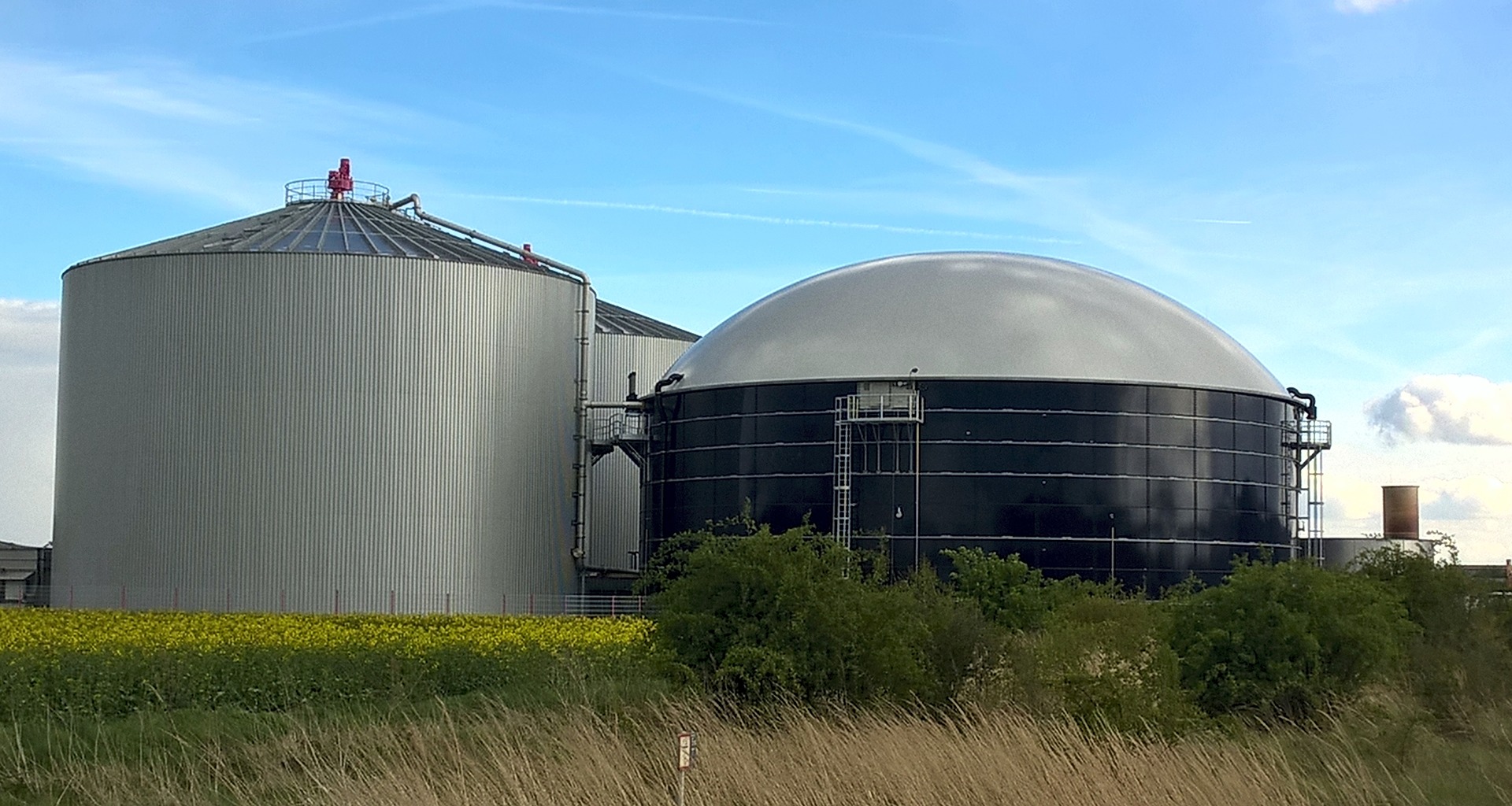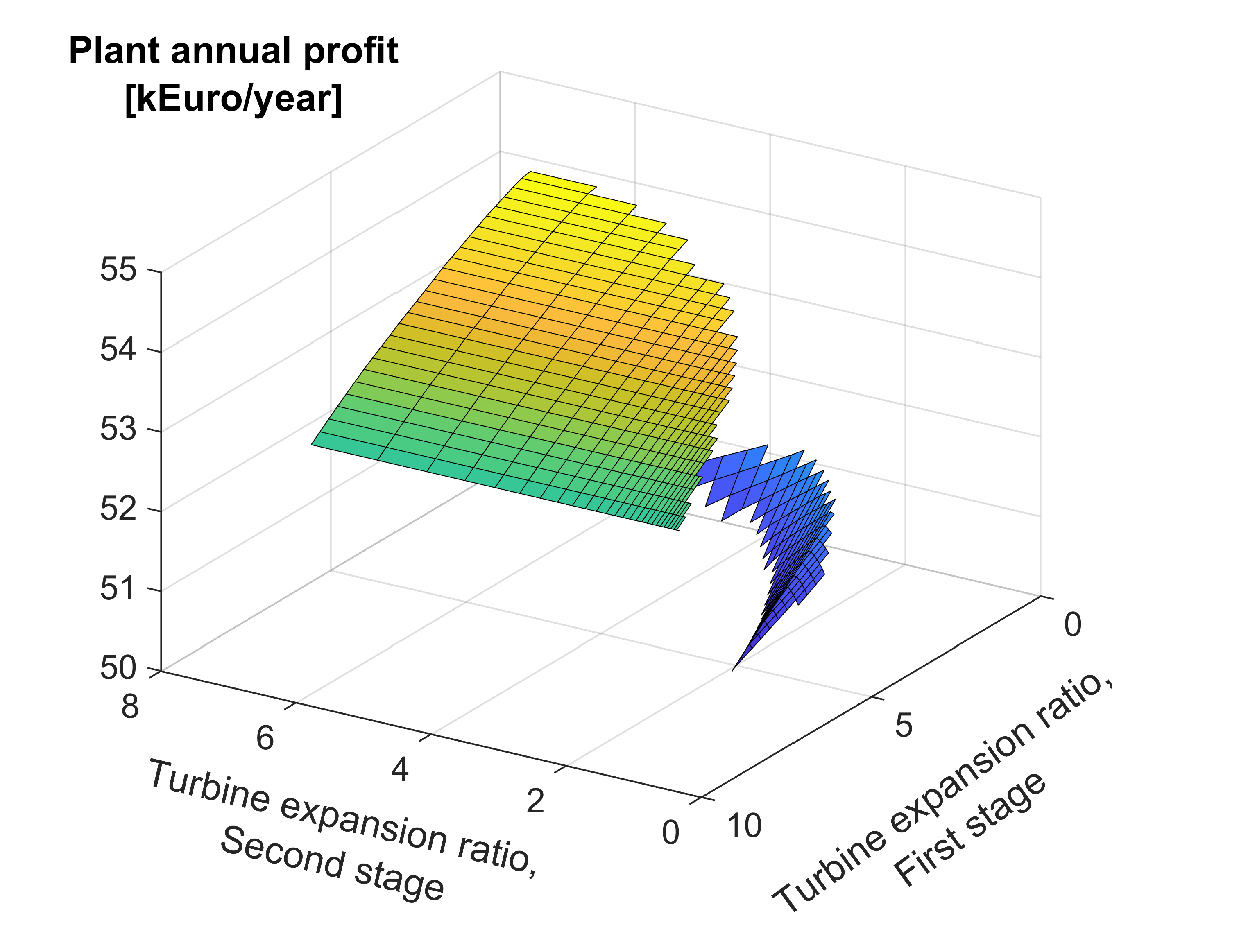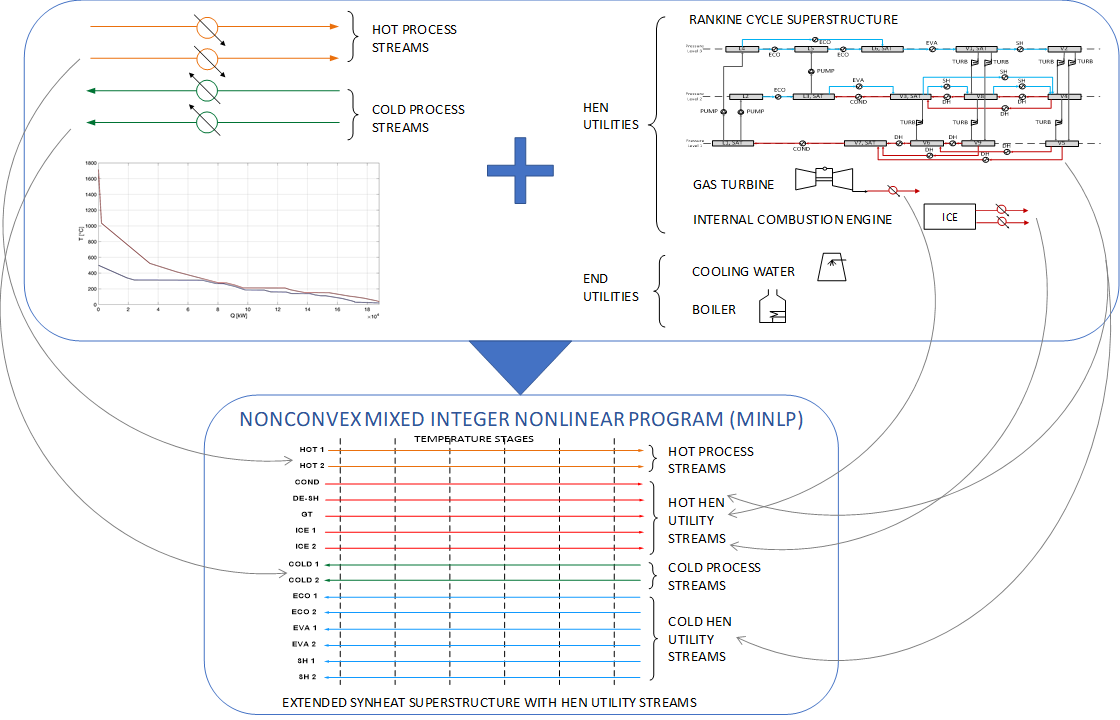The development of novel energy technologies calls for accurate models capable of predicting their performance and operational issues, as well as effective optimisation tools to determine the most advantageous design and operating solutions. Since the early 90’s, the GECOS group has developed and validated detailed models of advanced energy systems (cooled expanders, fuel cells, membranes, etc) in collaboration with leading energy companies and research institutes. These models are integrated with state-of-the-art numerical methods with the final aim of determining the optimal process design, heat integration/recovery, planning/scheduling and operation.
Energy Systems Modelling
Accurate design and/or operation models and simulation codes of advanced energy technologies
Cooled turbines
Fuel cells
CO2 capture processes
Gasifcation
Chemical looping
Biogas upgrading processes


Process Optimisation
Ad-hoc algorithms and codes for the optimisation of novel energy systems:
Polygeneration plants
Oxy-combustion power plants
SCO2 cycles
ORCs
...and CO2 capture and storage processes:
Absorption
Adsorption
Membranes
Heat integration and recovery
Systematic process heat integration methods:
Pinch Analysis
Energy targeting
Heat exchanger network synthesis
...and optimisation of heat recovery cycles:
Heat pumps
Organic Rankine Cycles (ORCs)
Heat Recovery Steam Cycles (HRSCs)

For further information, contact Prof. Emanuele Martelli at emanuele.martelli@polimi.it
Related Projects
Recent publications
Sorry, no publications matched your criteria.
